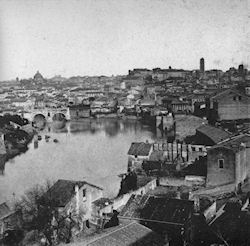
Figure 16: View of the Tiber from the Aventine (from Brizzi 1989, fig. 191)
As elsewhere in Rome, buildings and houses facing the river near the Capitoline were destroyed to improve the 'condizioni igieniche' (hygiene) of the area (Muñoz 1931). This spelled the end for all the activities carried out on the Tiber, such as floating mills, fisheries and docking along a convenient and navigable waterway that had been used since prehistoric times (Figure 16). With the elimination of the picturesque banks of the river (immortalised just in time in 120 watercolours by E. Roesler Franz and in some photographs; Bonasegale and Biagi 1993, 36; Brizzi 1989, figs 180-89, 191-97, 199, 217), began the progressive disappearance of an urban landscape that reflected a century-long history, with rich and significant urban stratification and a continuity of occupation that dated back to the Archaic period.

Figure 16: View of the Tiber from the Aventine (from Brizzi 1989, fig. 191)
© Internet Archaeology/Author(s)
University of York legal statements | Terms and Conditions
| File last updated: Mon Mar 12 2012